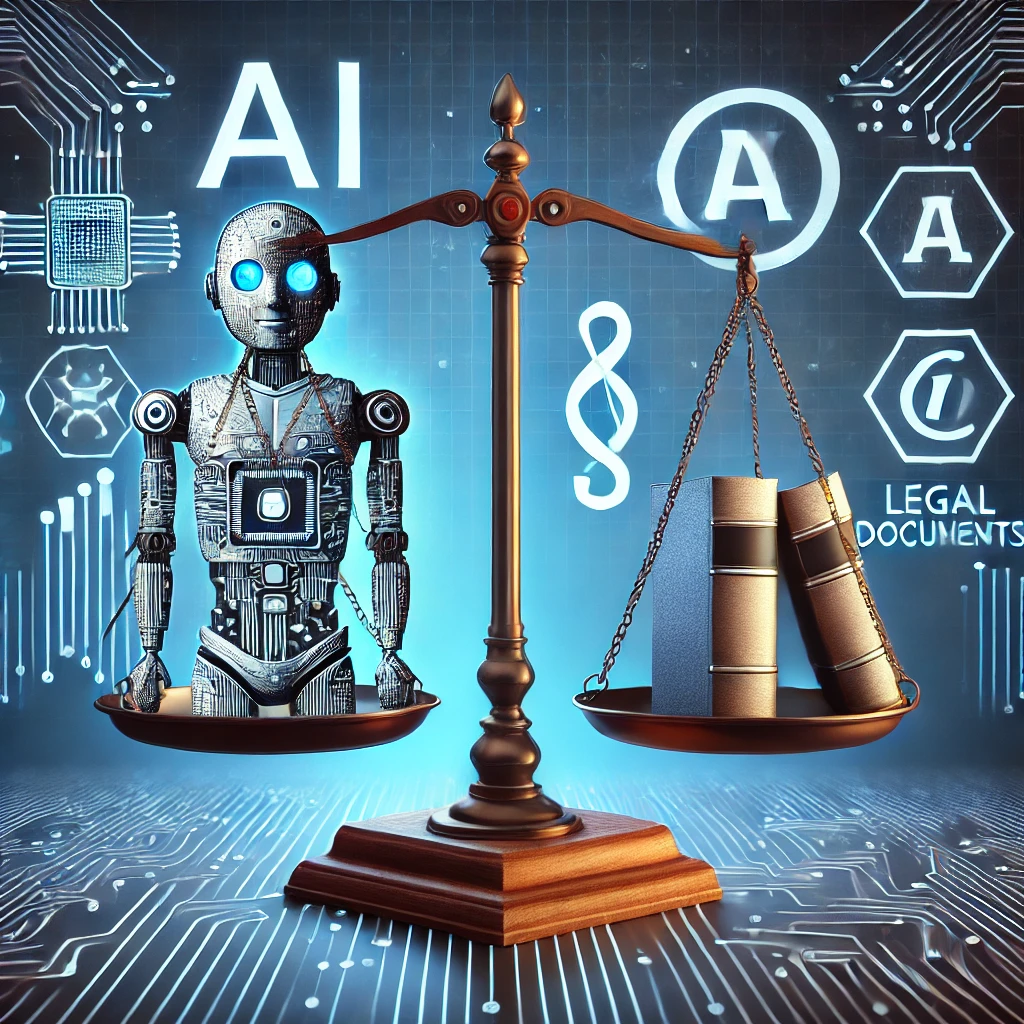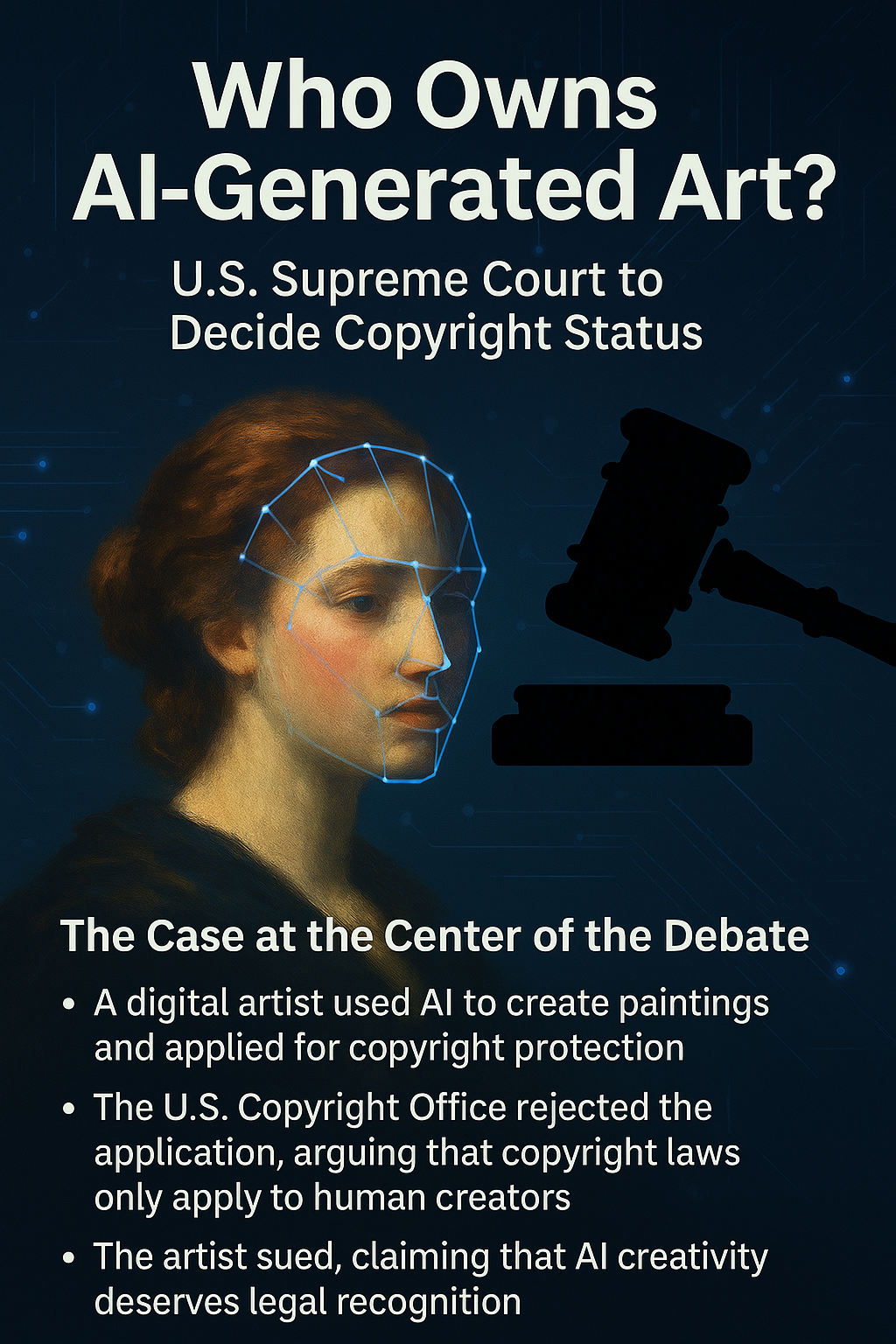Difference Between Patents and Trademarks
Difference Between Patents and Trademarks
1. Definition
Patent:
A patent grants the inventor exclusive rights over a new invention or process for a limited period, typically 20 years. It protects the functional and technical aspects of inventions.
Trademark:
A trademark is a sign, symbol, word, or logo used to identify and distinguish the goods or services of one business from those of others. It protects brand identity and goodwill.
2. Subject Matter
| Patent | Trademark |
|---|---|
| Inventions, processes, machines, products, compositions of matter | Logos, brand names, slogans, symbols, sounds, colors used in trade |
3. Purpose
Patent:
To encourage innovation by giving the inventor exclusive rights to exploit their invention.
Trademark:
To protect consumers and businesses by preventing confusion over the origin of goods or services.
4. Duration
Patent:
Protection typically lasts 20 years from the date of filing, after which the invention enters the public domain.
Trademark:
Protection can be indefinite as long as the mark is in use and renewed periodically (usually every 10 years).
5. Rights Granted
Patent:
Exclusive right to make, use, sell, or license the invention.
Trademark:
Exclusive right to use the mark in commerce and prevent others from using confusingly similar marks.
6. Requirement for Registration
Patent:
Registration is usually necessary to obtain exclusive rights (except in some countries where certain inventions may have protection without registration).
Trademark:
Registration provides stronger protection but in some jurisdictions, rights can be claimed through use.
7. Infringement and Enforcement
Patent:
Unauthorized manufacture, use, or sale of the patented invention is infringement.
Trademark:
Unauthorized use of the trademark or a confusingly similar mark on related goods/services is infringement.
Case Law Examples
Patent Case: Bajaj Auto Ltd. v. TVS Motor Company Ltd.
Issue: Bajaj claimed that TVS infringed its patented motorcycle technology.
Held: The court upheld the patentee’s exclusive rights to the invention and restrained infringement.
Significance: Reinforces the exclusive rights granted under patents to protect technical innovations.
Trademark Case: Cadbury India Ltd. v. Neeraj Food Products
Issue: Cadbury alleged that Neeraj was using a mark similar to its famous "Dairy Milk" trademark.
Held: The court restrained Neeraj from using the confusingly similar mark to prevent consumer deception.
Significance: Emphasizes trademarks’ role in protecting brand identity and consumer interests.
Summary Table
| Aspect | Patent | Trademark |
|---|---|---|
| Protects | Invention or innovation | Brand name, logo, symbol |
| Purpose | Encourage innovation | Protect consumer and brand goodwill |
| Duration | 20 years | Indefinite, renewable every 10 years |
| Rights | Exclusive use of invention | Exclusive use of mark in commerce |
| Registration | Generally required | Recommended but rights may arise from use |
| Enforcement | Prevents unauthorized making, selling, using | Prevents unauthorized use causing confusion |
Conclusion
Patents and trademarks serve different but complementary roles in intellectual property law. Patents protect functional innovations and technological progress, while trademarks protect brands and ensure marketplace clarity. Understanding the difference helps businesses and innovators safeguard their assets effectively.







0 comments